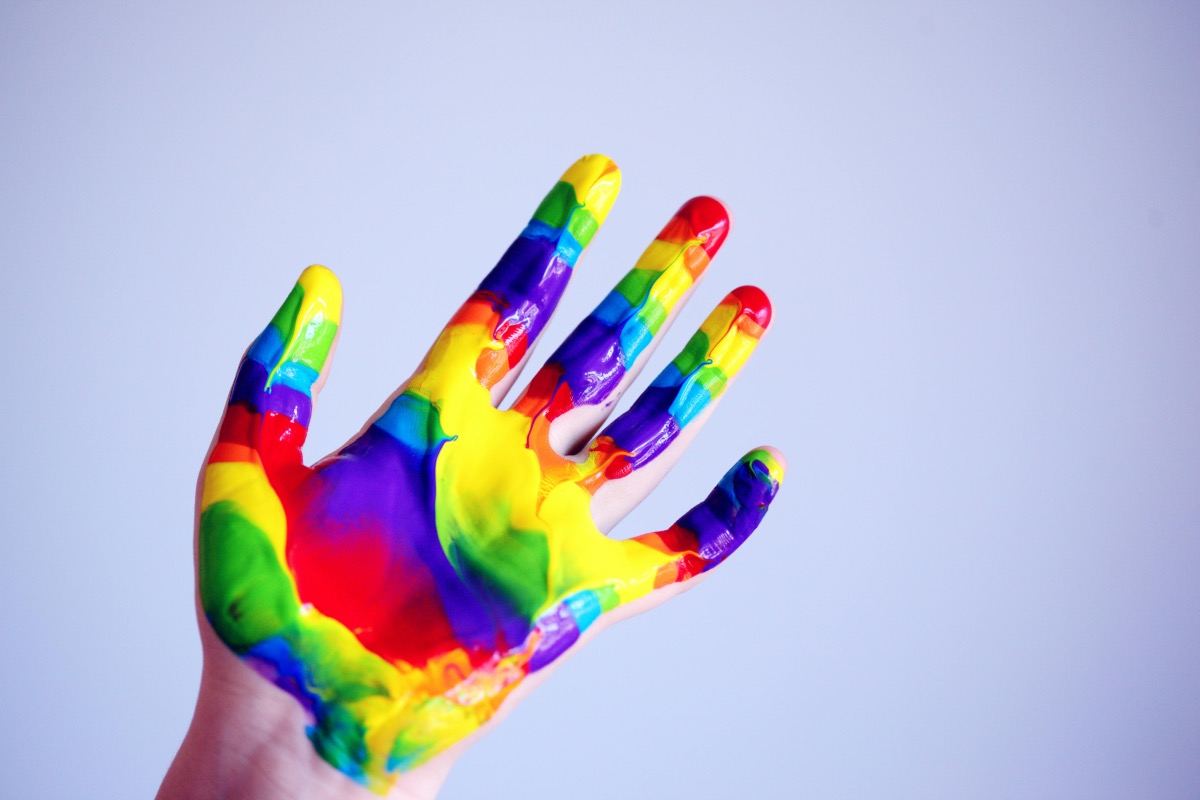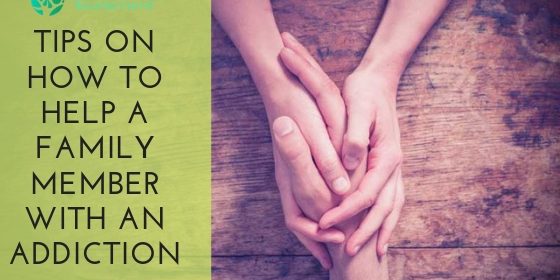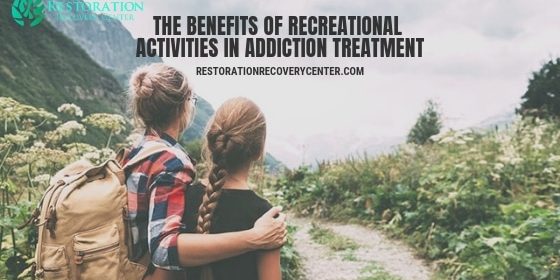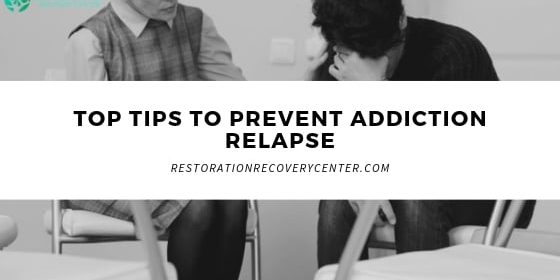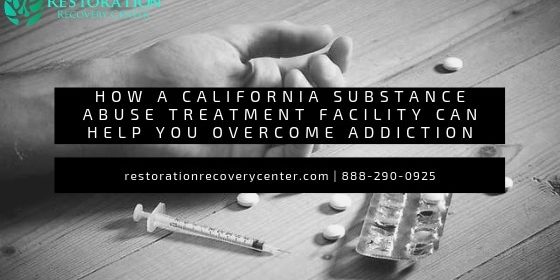Creative Expression in Recovery
The road to overcoming addiction is an individual journey that you have to go through on your own. It is not only the body that gets to undergo the detoxification process but also the mind and soul. A significant tool in this process is the use of creative expression. Some of the activities that may be helpful in addiction recovery include writing, painting, music, and dancing. Likewise, various other practices can assist in managing stress and other feelings and help you find joy in new and healthy ways that are not detrimental to your health.
Use of Creative Expression in Recovery
The ability to express your feelings through art can make it easier to communicate or cope with those feelings that are not easily put into words. For those in recovery, it is another way of expressing themselves and sharing what they have gone through, what they are afraid of, and what they want. This form of treatment is especially helpful in identifying and treating the root cause of a person’s substance use disorder (SUD).
For example, writing is a way that people can sort through their thoughts and ideas and think about what has happened to them. Journaling is a form of documentation of one’s life – the process, the struggles, and the triumphs. Poetry and narratives can also be a good form of expression as they provide a means of coping with the emotions and events in one’s life. By describing thoughts and feelings, people can work through them and find ways to help themselves in the process of recovery.
Painting and drawing are tools that can illustrate the world inside of your mind. Creating art is a soothing process that helps one focus on something other than the process of addiction recovery. It can also serve the purpose of being emotionally cathartic, through which people may be able to communicate something that would otherwise be difficult to put into words. Color, shape, and form can be meaningful, and the artwork can convey the artist’s mood or state of being.
Another form of creativity in recovery that is also used is music. This can be playing an instrument, singing, or even just listening to music to release or express emotions. It helps in the expression and management of feelings. For some people, it is a method of expressing their experiences in recovery – for example, converting experiences of pain into words and music.
Dance provides a way of using the body in a way that can link it with the mind. There is freedom in dancing, allowing the body to speak through movement. Dance is also a kind of exercise that helps in enhancing the physical and mental health of an individual. It helps in the reduction of stress and gives mental and emotional relief, which is vital for the process of recovery.
Benefits of Creative Expression in Recovery
There are various benefits to allowing yourself to find your unique form of creative expression during treatment at Restoration Recovery. the following benefits may just help you to see how important creativity can be during this journey.
Feeling in Control
A major hurdle in recovery is regulating the myriad of feelings during the process of recovery, some of which can be both tedious as well as stressful. This is where art comes in to offer a healthy way of venting or releasing these feelings. Using substances to mask the pain or to avoid reality is not the only option to let go of these negative feelings. You can also direct your emotions toward creative pursuits, skills that can be developed during treatment.
Managing Co-Occurring Disorders
Creative expression is especially helpful for co-occurring disorders of addiction and anxiety or depression. The act of creation can be engrossing, which means that people will be able to direct their thoughts and efforts constructively. This can help a person feel that they are achieving something, which can help combat feelings of being worthless or having nothing to live for.
Reducing Stress
Creativity can be therapeutic, allowing a person to escape from the daily grind and other problems that may increase stress. This is especially useful in the early stages of the recovery process when people are already struggling with the changes in their everyday lives. Through creative activities, individuals can release stress and tension. Such skills learned at Restoration Recovery can help one manage cravings and avoid relapse.
Discovering Joy and Fulfillment
Another positive outcome of the creative process in recovery is to find happiness and meaning. Self-expression can be fun, giving you a chance to pursue your hobbies and passions. Addiction, in most cases, strips people of the capacity to derive pleasure and happiness from life. In recovery, individuals must learn how to have fun again and discover healthy means of living their lives.
Creativity as a part of the treatment and recovery process can be very individualized and quite versatile. You do not need to be a painter or a composer to gain the therapeutic benefits of creativity. The idea is to perform actions, not create end results. The only thing that matters is to seek out those activities that would bring satisfaction and build a sense of accomplishment. For people who want to pursue their own forms of creativity, there are numerous tools and materials out there. The key is to go into such activities with an open mind and the desire to learn. To learn more about creative engagement in recovery, reach out to Restoration Recovery today at (888) 290-0925.

